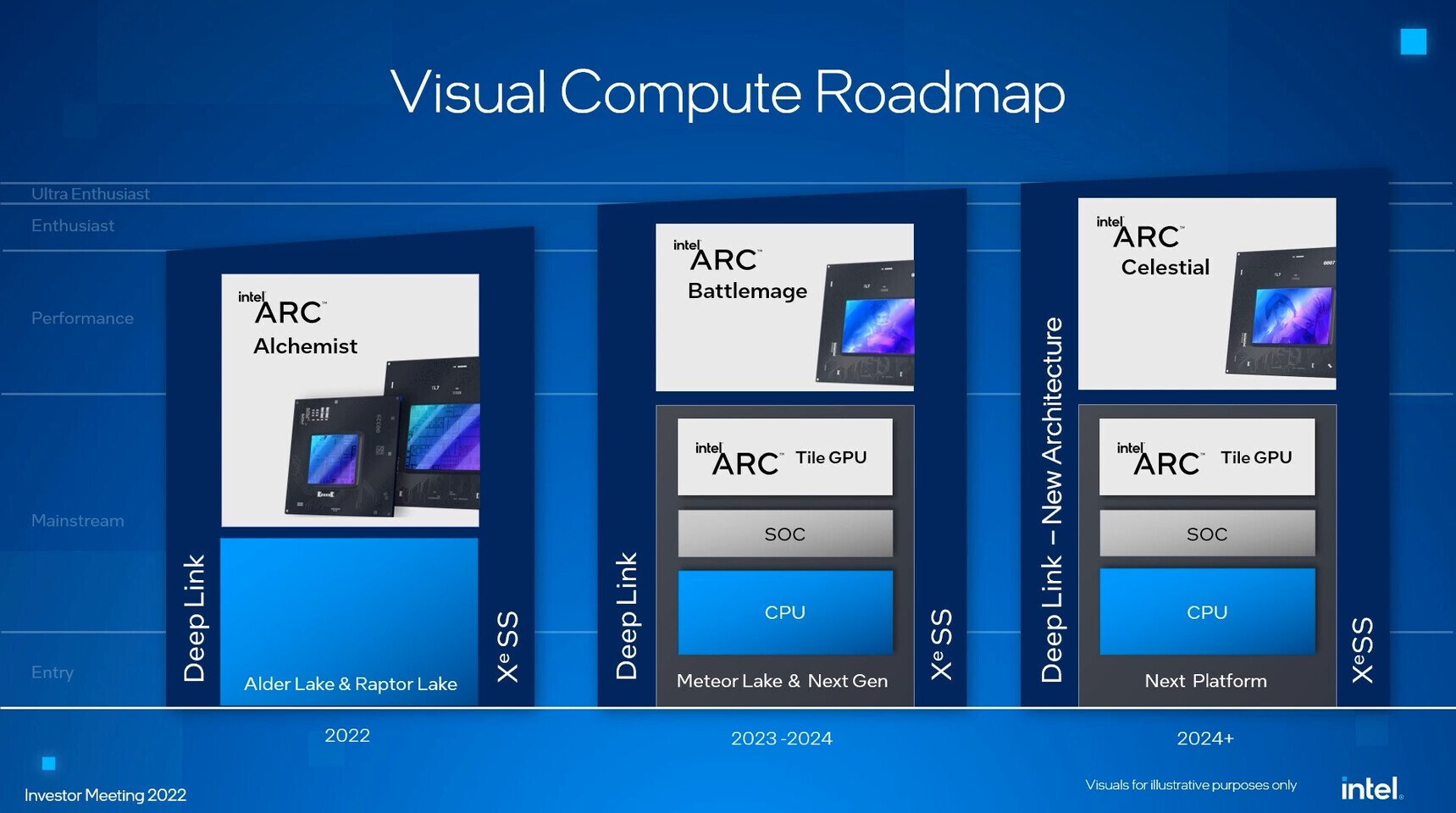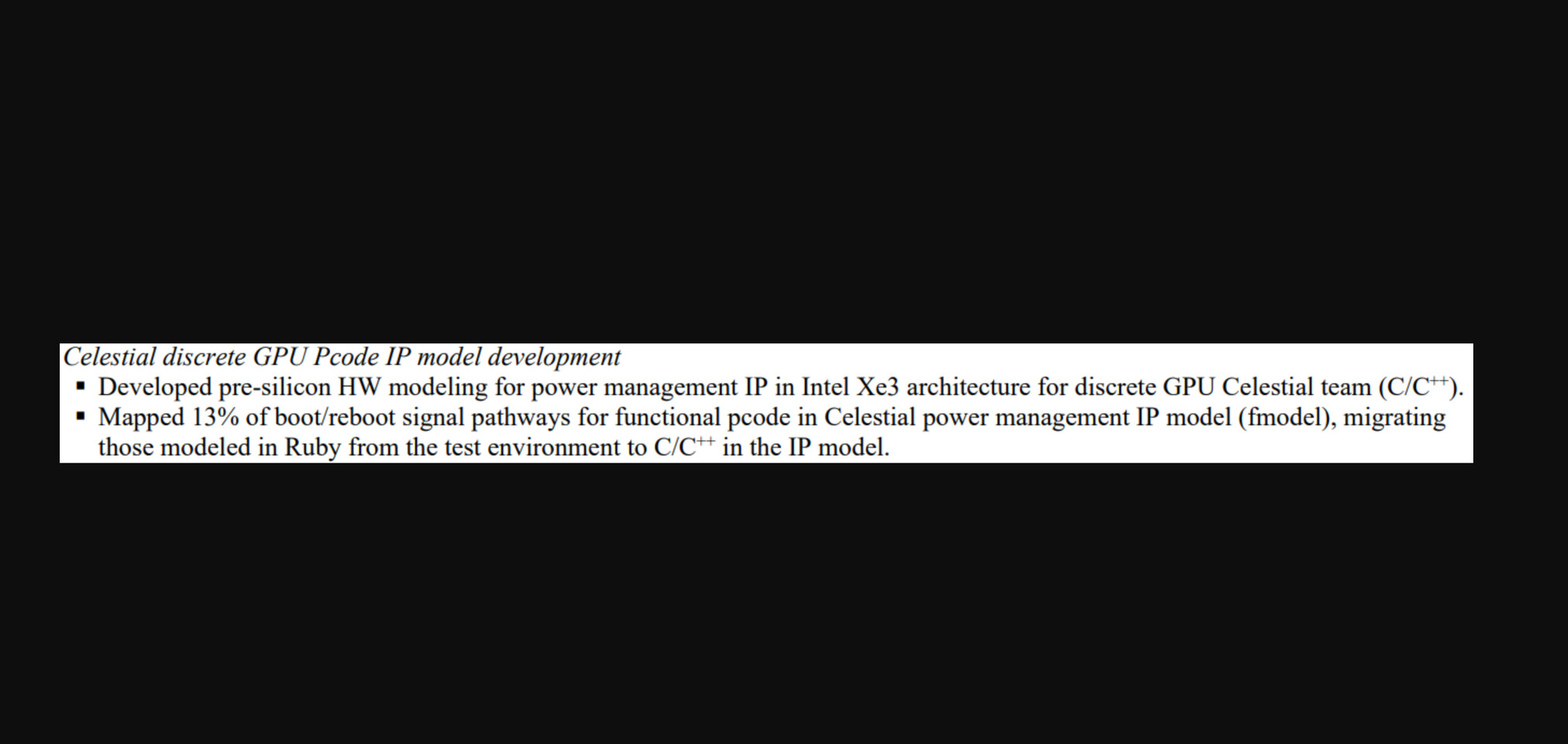In December, it was announced that Intel has completed the development of its upcoming Arc graphics cards, which are based on the Xe3 "Celestial" IP. Tom Petersen from Intel has confirmed that the Xe3 IP is finalized, indicating that the essential components such as media engines, Xe cores, XMX matrix engines, ray-tracing engines, and other elements of the gaming GPU have been designed and are likely awaiting trial production. Today, it has been revealed that Intel has achieved pre-silicon validation, signaling that trial manufacturing is on the horizon. According to the X account @Haze2K1, a pre-silicon hardware model of the Intel Arc Xe3 Celestial IP is currently being utilized to analyze frequency and power consumption in firmware. Intel's pre-silicon validation platform allows OEM and IBV partners to test new chip architectures well before physical silicon is available, enabling the early detection of design issues.
Intel offers OEMs and IBVs access to a secure, cloud-based environment that accurately simulates hardware-representative systems, enabling developers to validate firmware and software stacks remotely without the need for physical labs. It is likely that Intel is conducting extensive hardware emulations on FPGAs, which serve as an ASIC chip for the Arc Xe3 GPU. The pre-silicon validation team is currently fine-tuning the power-frequency curve, voltage in different states, and corresponding frequencies. Engineers are exploring various form factors for the Xe3 IP, ranging from mobile to discrete graphics. The data pathways are influenced by these frequency curves, which are in turn dependent on power states that adjust voltage levels based on application requirements. With this phase completed, engineers are moving on to other optimization areas, and once the silicon returns from volume production, it will be fully optimized. The first silicon trial is expected soon, with volume production anticipated by the end of the year or early 2026.

